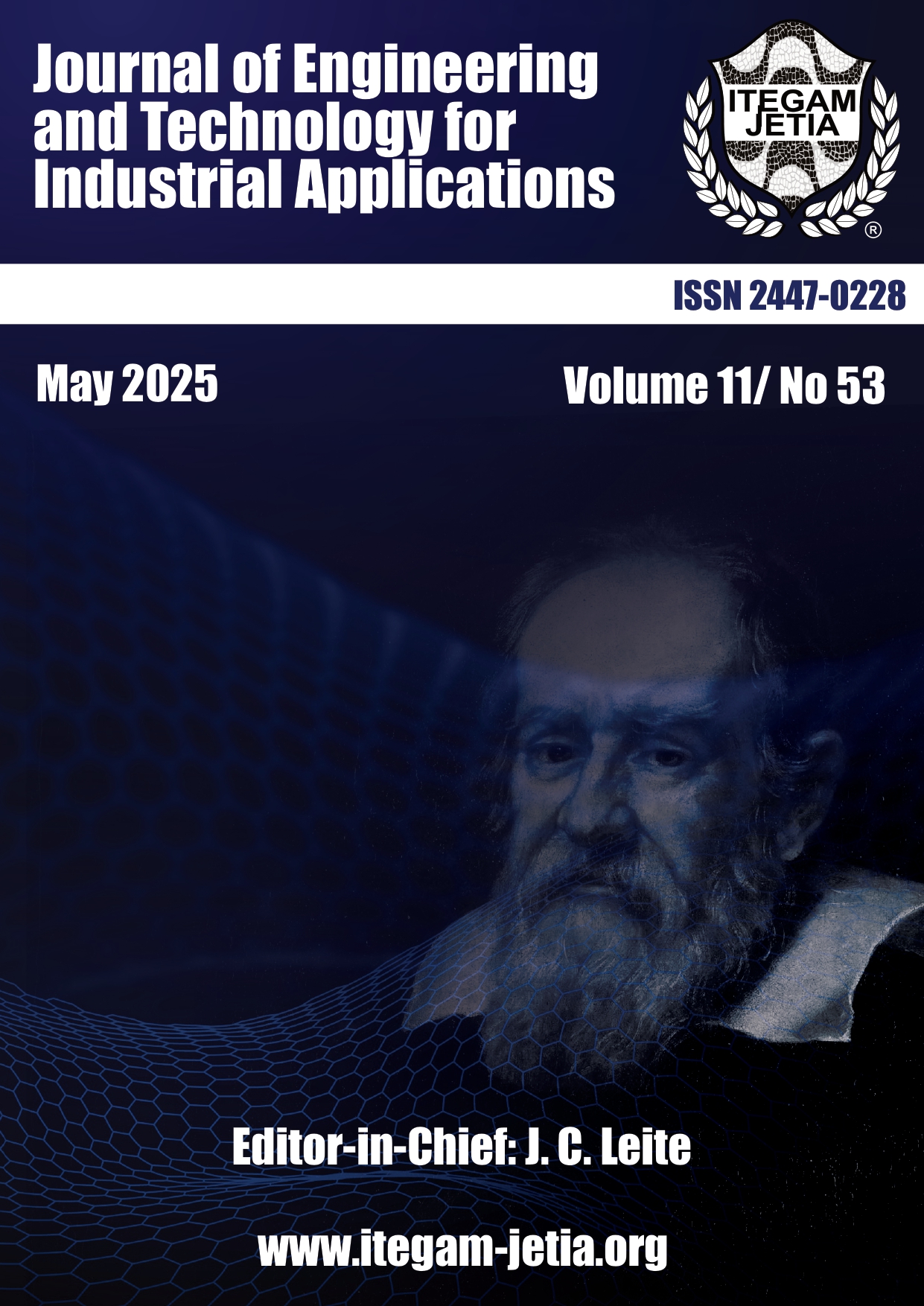Integrating VGG Re-trained Feature Extraction with Machine Learning for Knee Osteoarthritis Severity Levels Detection Using X-ray Images
Abstract
Knee osteoarthritis, a degenerative joint disease affecting weight-bearing joints such as the knees and hips, poses substantial diagnostic hurdles due to its complicated pathophysiology and development. Traditional diagnostic methods rely heavily on clinical examinations and imaging techniques like X-rays, which can be subjective and vary with clinician experience. To overcome these problems, new advances in machine learning (ML) and deep learning (DL) offer promising alternatives for improving the accuracy of knee osteoarthritis identification. This study proposes a novel methodology that combines retrained VGG models with various machine learning techniques. The Knee Osteoarthritis Dataset with Severity Grading is preprocessed, and features are extracted using fine-tuned VGG16 and VGG19 models. A number of machine learning models, including Naive Bayes, K-Nearest Neighbors, Decision Tree, Random Forest, Bagging, and AdaBoost, are then trained using these extracted characteristics. These models' performance is assessed using metrics including F1-score, recall, accuracy, and precision. The results reveal that the combination of VGG19 with fine-tuning and Random Forest achieves the best performance, with an impressive accuracy of 62.68%. This approach significantly improves diagnostic accuracy and holds potential for enhancing clinical decision-making and management of knee osteoarthritis, offering a robust tool for early detection and personalized treatment strategies.
Downloads
Copyright (c) 2025 ITEGAM-JETIA

This work is licensed under a Creative Commons Attribution 4.0 International License.











